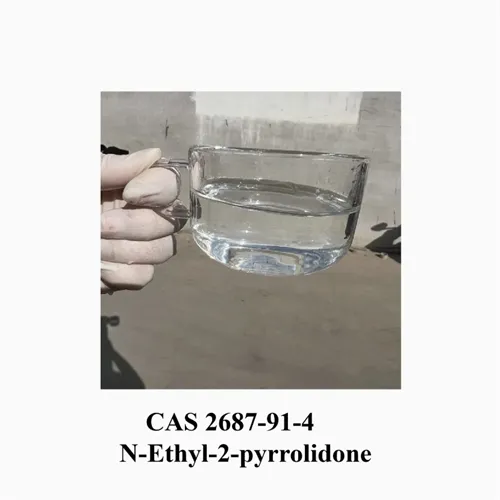Warning: Undefined array key "title" in /home/www/wwwroot/HTML/www.exportstart.com/wp-content/themes/1198/header.php on line 6
Warning: Undefined array key "file" in /home/www/wwwroot/HTML/www.exportstart.com/wp-content/themes/1198/header.php on line 7
Warning: Undefined array key "title" in /home/www/wwwroot/HTML/www.exportstart.com/wp-content/themes/1198/header.php on line 7
Warning: Undefined array key "title" in /home/www/wwwroot/HTML/www.exportstart.com/wp-content/themes/1198/header.php on line 7
- Afrikaans
- Albanian
- Amharic
- Arabic
- Armenian
- Azerbaijani
- Basque
- Belarusian
- Bengali
- Bosnian
- Bulgarian
- Catalan
- Cebuano
- China
- China (Taiwan)
- Corsican
- Croatian
- Czech
- Danish
- Dutch
- English
- Esperanto
- Estonian
- Finnish
- French
- Frisian
- Galician
- Georgian
- German
- Greek
- Gujarati
- Haitian Creole
- hausa
- hawaiian
- Hebrew
- Hindi
- Miao
- Hungarian
- Icelandic
- igbo
- Indonesian
- irish
- Italian
- Japanese
- Javanese
- Kannada
- kazakh
- Khmer
- Rwandese
- Korean
- Kurdish
- Kyrgyz
- Lao
- Latin
- Latvian
- Lithuanian
- Luxembourgish
- Macedonian
- Malgashi
- Malay
- Malayalam
- Maltese
- Maori
- Marathi
- Mongolian
- Myanmar
- Nepali
- Norwegian
- Norwegian
- Occitan
- Pashto
- Persian
- Polish
- Portuguese
- Punjabi
- Romanian
- Russian
- Samoan
- Scottish Gaelic
- Serbian
- Sesotho
- Shona
- Sindhi
- Sinhala
- Slovak
- Slovenian
- Somali
- Spanish
- Sundanese
- Swahili
- Swedish
- Tagalog
- Tajik
- Tamil
- Tatar
- Telugu
- Thai
- Turkish
- Turkmen
- Ukrainian
- Urdu
- Uighur
- Uzbek
- Vietnamese
- Welsh
- Bantu
- Yiddish
- Yoruba
- Zulu
Lis . 03, 2024 08:42 Back to list
understanding the origin and production process of xanthan ...
Understanding the Origin and Production Process of Xanthan Gum
Xanthan gum is a versatile polysaccharide widely used in various industries, particularly in food, cosmetics, and pharmaceuticals. Derived from the fermentation of sugars by the bacterium *Xanthomonas campestris*, xanthan gum has unique thickening and stabilizing properties, making it a valuable ingredient in many products.
The origin of xanthan gum dates back to the 1960s when it was discovered by researchers studying plant pathogens. *Xanthomonas campestris* was found to produce a viscous exopolysaccharide that not only acted as a protective agent for the bacterium but also provided a unique texture when used in food applications. This discovery led to the commercialization of xanthan gum, and it has since become a staple in food technology.
The production process of xanthan gum involves several critical steps. First, the appropriate strain of *Xanthomonas campestris* is selected and cultivated in a fermentation medium rich in carbohydrates. The sugars, usually derived from corn, wheat, or other sources, serve as the primary carbon source for the bacteria. During fermentation, the bacteria metabolize these sugars, and as they grow, they secrete xanthan gum into the medium.
understanding the origin and production process of xanthan ...

Once fermentation is complete, the xanthan gum is recovered through a series of purification steps. The broth is typically subjected to centrifugation to separate the bacterial cells from the xanthan gum solution. Following this, precipitation methods, usually involving alcohol or other solvents, are employed to isolate the xanthan gum from the liquid. The precipitated gum is then washed, dried, and ground into a fine powder, resulting in the final product that is ready for use.
Xanthan gum's unique properties make it an ideal thickening agent for various applications. In the food industry, it helps stabilize emulsions, improve texture, and maintain moisture in products like salad dressings, sauces, and gluten-free baked goods. Its ability to enhance mouthfeel and prevent ingredient separation is particularly valued. Additionally, xanthan gum finds utility in cosmetics and personal care products, where it serves as a stabilizer and thickener.
In conclusion, understanding the origin and production process of xanthan gum sheds light on its significant role in modern industry. From its natural origins through microbial fermentation to its widespread application, xanthan gum continues to be an essential ingredient across various sectors, enhancing the quality of everyday products.
Latest news
-
Certifications for Vegetarian and Xanthan Gum Vegetarian
NewsJun.17,2025
-
Sustainability Trends Reshaping the SLES N70 Market
NewsJun.17,2025
-
Propylene Glycol Use in Vaccines: Balancing Function and Perception
NewsJun.17,2025
-
Petroleum Jelly in Skincare: Balancing Benefits and Backlash
NewsJun.17,2025
-
Energy Price Volatility and Ripple Effect on Caprolactam Markets
NewsJun.17,2025
-
Spectroscopic Techniques for Adipic Acid Molecular Weight
NewsJun.17,2025

